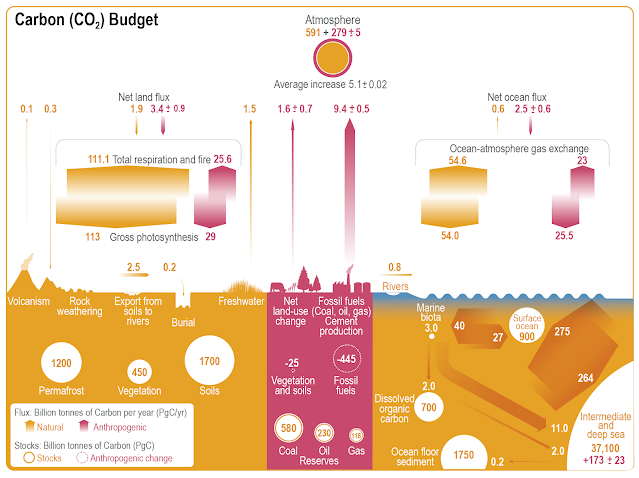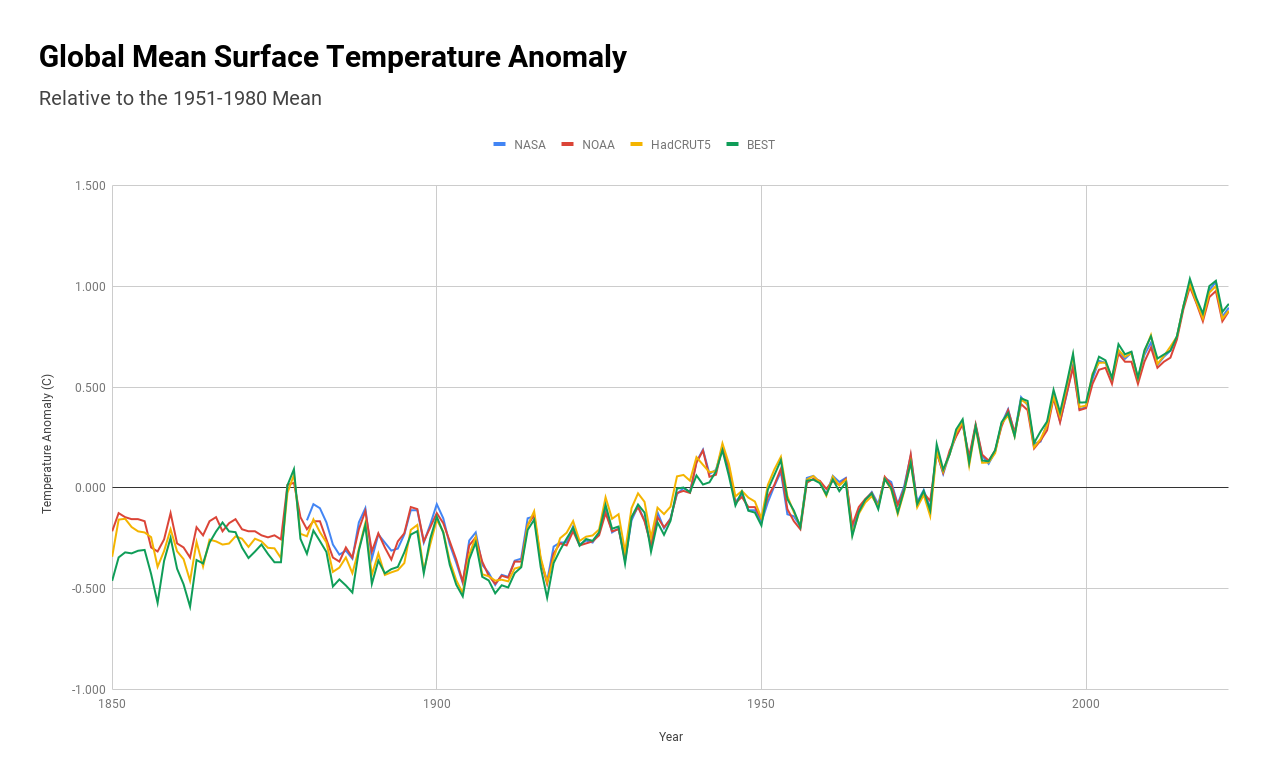How Natural Carbon Sinks Respond to Carbon Emissions

In a previous post , I evaluated a recently published MDPI paper claiming that we could with minimal effort limit CO2 concentrations to 475 ppm and warming to 1.5 C above preindustrial levels. The paper was horribly flawed, but it was based on the assumption that natural sinks will increase more rapidly than our continued emissions. I thought it would be an interesting exercise how scientists expect natural sinks to respond as CO2 concentrations (and global temperatures) increase. I want to show expected changes in sinks as CO2 concentrations rise. As noted in that previous post, the 2021 carbon budget values are estimated per year, and converting these values so that they reflect the size of sinks in terms of atmospheric CO2 concentrations potentially introduces biases into the data. I do not want to go into a lot of detail. Instead I want to cover the land and ocean sink in general terms. I'm also only considering the impact of CO2 without evaluating the effect of increases in ot...

.png)
.png)

